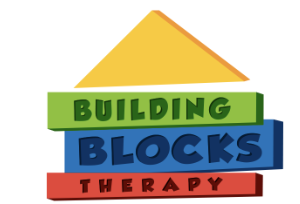How to Address Challenging Behaviors in Children with Autism through ABA Therapy
Effective Strategies for Managing Autism-related Behaviors with ABA Therapy

Understanding Challenging Behaviors in Autism
Challenging behaviors are a common occurrence among children with autism, often manifesting as a form of communication. These behaviors, ranging from avoidance to aggression, stem from deeper underlying needs or signals that the child is trying to convey. As such, comprehending these behaviors is crucial for parents, caregivers, and educators working with children on the autism spectrum.
The Basics of ABA Therapy and Its Impact
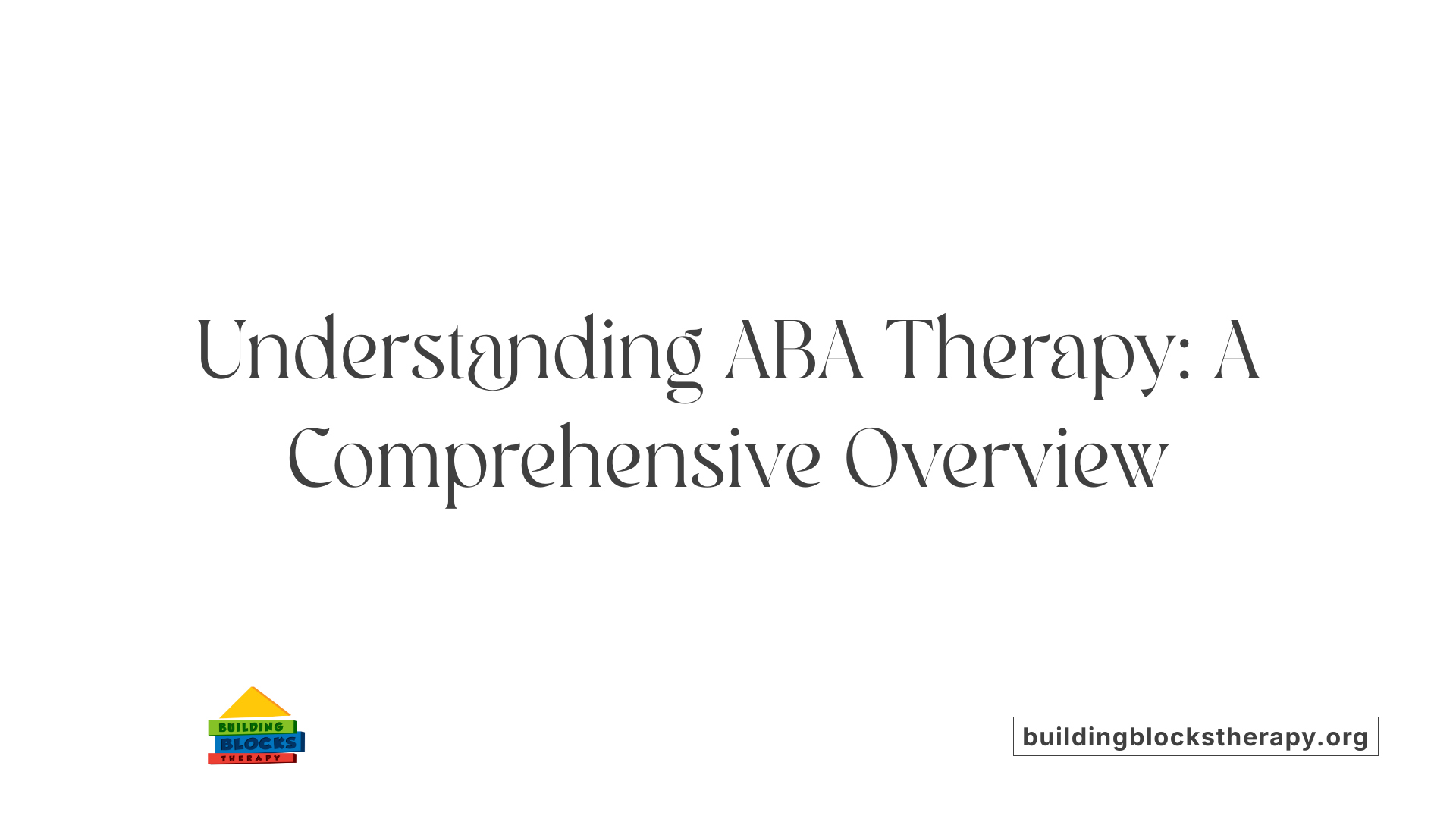
What is ABA therapy and how does it help with behavior issues?
Applied Behavior Analysis (ABA) therapy is a scientifically-based approach designed to improve behaviors through the application of learning principles. It is particularly beneficial for individuals on the autism spectrum, helping to cultivate positive behaviors such as effective communication and social skills while minimizing harmful actions like self-injury or aggression.
ABA therapy is highly adaptable, catering to the specific needs of each individual. The interventions can occur across various environments, including home and school settings, making it versatile and accessible. A critical element of ABA is the implementation of positive reinforcement, which encourages the repetition of desired behaviors.
Components of ABA therapy: A-B-C model
The A-B-C model is foundational in ABA therapy. This framework consists of:
- Antecedents: Events or triggers that occur before a behavior.
- Behaviors: The actual actions exhibited by the child.
- Consequences: Responses or outcomes that follow the behavior. Understanding this relationship helps identify the reasons behind challenging behaviors and guides the development of targeted strategies to address them effectively.
Benefits and flexibility of ABA
ABA therapy offers numerous advantages, including:
- Increased functional communication skills
- Enhanced social interactions
- Reduction of repetitive or harmful behaviors This flexible approach means that interventions can be tailored and adjusted based on ongoing assessments of an individual's progress, ensuring that treatment remains effective and relevant.
Role of individualized programming
Individualized programming is essential in ABA therapy. Each child's unique skills, challenges, and interests are taken into account, allowing for more effective interventions. Continuous monitoring and adjustments not only boost the chances of successful outcomes but also ensure that each individual receives the support they genuinely need to thrive in their daily lives.
Identifying and Understanding Challenging Behaviors
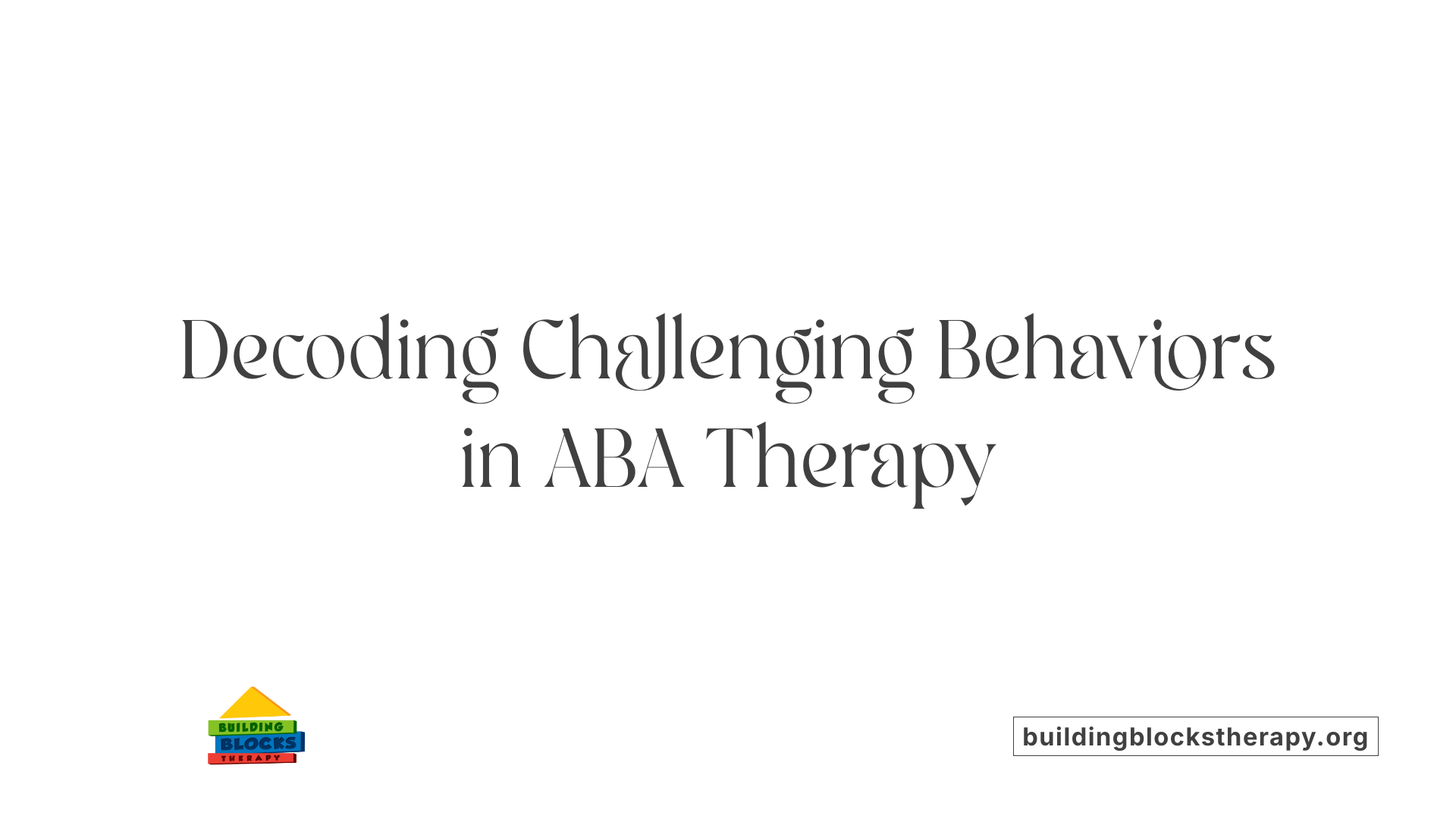
What constitutes a challenging behavior in ABA therapy settings?
Challenging behaviors in ABA therapy settings, particularly among children with autism, may include tantrums, aggression, self-harm, destruction, and lying. These behaviors don't merely represent misbehavior; they often serve as a crucial form of communication. For instance, a child may display aggression to escape a frustrating situation or to gain attention from caregivers.
It’s essential to understand the ABC model of behavior analysis: Antecedents, Behaviors, and Consequences. This model helps identify the triggers for challenging behaviors and allows for the development of effective interventions. By analyzing these interactions, behavior analysts can better understand why a child engages in certain behaviors, paving the way for tailored intervention plans.
Functions of behaviors in autism
In analyzing challenging behaviors, it is vital to grasp the underlying functions these behaviors serve. Many challenging actions can be classified based on their motivations:
- Escape: Avoiding a situation or task.
- Attention-seeking: Gaining focus from adults or peers.
- Access: Obtaining a desired item or activity.
- Sensory input: Seeking sensory feedback or stimulation.
Identifying these underlying functions is essential for creating individualized strategies that address the root causes of the behavior, rather than just its symptoms.
Data collection in ABA settings
Effective data collection in ABA settings plays a crucial role in identifying and understanding challenging behaviors. Careful documentation of behaviors allows practitioners to:
- Track the frequency and intensity of challenging behaviors.
- Identify patterns and trends over time.
- Evaluate the effectiveness of interventions.
This data informs behavior intervention plans aimed at diminishing challenging behaviors while promoting positive ones. By adjusting the environment and utilizing proactive strategies such as reinforcement, mindfulness, and task interspersal, behavior analysts can foster a more conducive learning environment for children with autism.
Addressing Aggression Through ABA Therapy
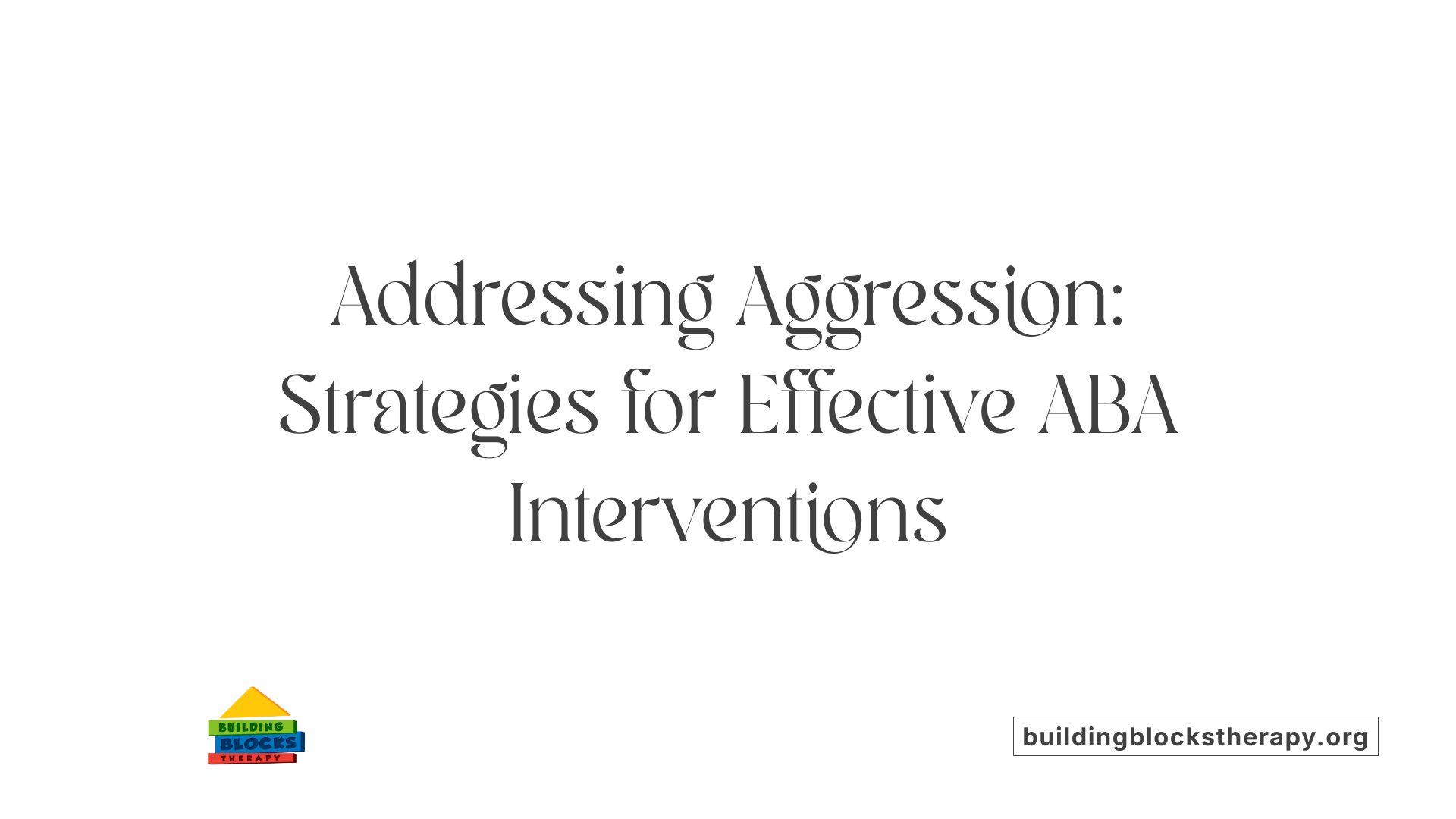
How does ABA therapy address aggressive behavior in children with autism?
ABA (Applied Behavior Analysis) therapy offers a structured and effective approach to addressing aggressive behavior in children with autism. The process begins with a Functional Behavior Assessment (FBA), where professionals identify the root causes of aggression. These triggers can vary, often including frustration, fear, or challenges with impulse control.
Once the underlying issues are understood, practitioners design targeted interventions aimed at promoting positive behaviors. These interventions typically employ strategies like:
- Positive Reinforcement: Rewarding appropriate behaviors to encourage their repetition.
- Teaching Replacement Behaviors: Equipping children with alternative behaviors that serve the same purpose as the aggression, thereby decreasing the likelihood of its occurrence.
Strategies for reducing aggression
In addition to identifying triggers and reinforcing positive behaviors, various proactive strategies can help minimize aggression:
- Adjusting the Environment: Modifying the child's surroundings can reduce triggers and create a calmer atmosphere.
- Utilizing 'First-Then' Language: Making clear expectations helps children understand what is expected of them and the consequences of their actions.
- Incorporating Noncontingent Reinforcement: This involves providing rewards irrespective of the child's behavior, helping to reduce anxiety and frustration.
Involvement of caregivers in ABA
Caregiver involvement is crucial in the ABA therapy process. Parents and caregivers are actively trained in behavior management techniques, ensuring a consistent approach is applied both in therapy sessions and at home. This collaboration strengthens the support system around the child, enhancing the effectiveness of interventions. Training often includes:
- Teaching specific strategies for managing aggressive behaviors.
- Building communication skills to express needs and feelings appropriately.
Together, these strategies create a comprehensive framework within which children can learn to manage their aggression effectively, fostering long-term behavioral improvements.
Proactive Strategies for Behavior Management
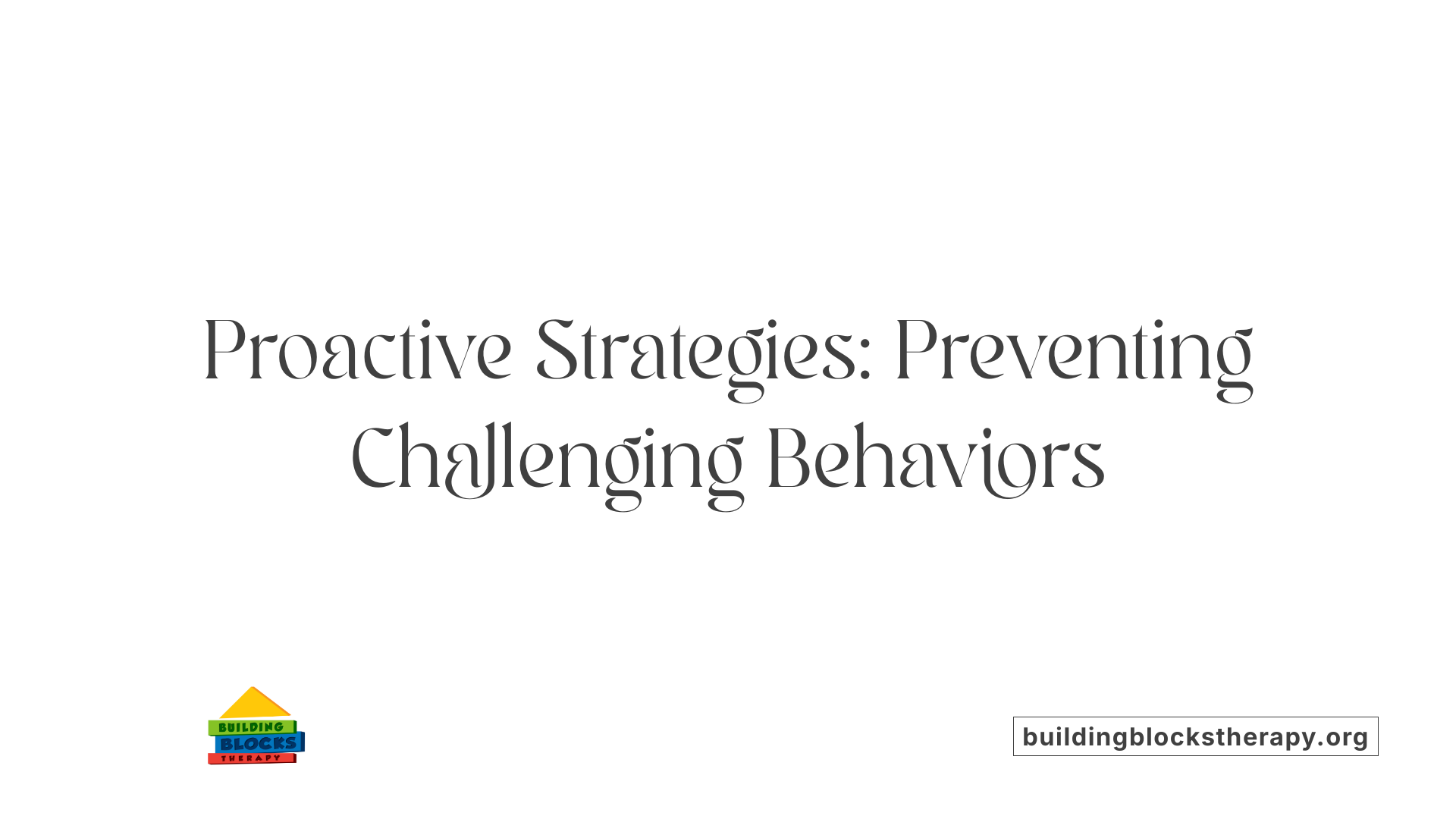
Preventive Strategies in ABA
Effective preventive strategies are essential in managing challenging behaviors in children with autism. Establishing consistent communication methods and preparing for transitions help set clear expectations, reducing anxiety and potential outbursts. Carrying sensory items can provide comfort and regulation, further minimizing incidents.
Environmental Adjustments
Adjusting the environment plays a crucial role in behavior management. Sterilizing the environment to eliminate distractions and triggers for challenging behaviors helps foster a more conducive atmosphere for learning. Additionally, using noncontingent reinforcement gives children stimuli that encourage positive behaviors without the pressure of achieving specific tasks.
Priming and Task Interspersal Techniques
Priming techniques, such as using "first-then" language, prepare children for what to expect, thereby reducing uncertainty. Task interspersal—mixing easier tasks with more challenging ones—keeps children motivated and engaged. Together, these strategies not only promote appropriate behaviors but also empower children to take responsibility, ultimately enhancing their learning experience.
Implementing Interventions for Problem Behaviors
What are some interventions used in ABA therapy for problem behavior?
ABA therapy utilizes various interventions tailored to address problem behaviors effectively. One primary approach is reinforcing desirable behaviors through rewards. This practice encourages positive actions, helping children understand the benefits of engaging in appropriate behaviors rather than exhibiting undesirable ones.
Another crucial strategy is withholding rewards when problem behaviors occur. By not accommodating these behaviors, children learn that such actions do not yield positive outcomes. This method supports the development of more appropriate responses to challenging situations.
Visual supports play a significant role in clarifying rules and expectations for children with autism spectrum disorder (ASD). These aids help create a structured learning environment, making it easier for children to understand what is expected of them.
Setting small, achievable goals is essential for promoting gradual learning. This approach assists in managing various problem behaviors, such as aggression, self-harm, and tantrums.
Additionally, Individualized Education Programs (IEPs) often incorporate Behavior Intervention Plans (BIPs) tailored to address specific behavioral challenges. These collaborative plans involve parents and behavior analysts to ensure a comprehensive support system.
Resources like the Marcus Autism Center provide guidance for families navigating these interventions, emphasizing evidence-based strategies to enhance outcomes for children with ASD.
Resources and Support for Caregivers
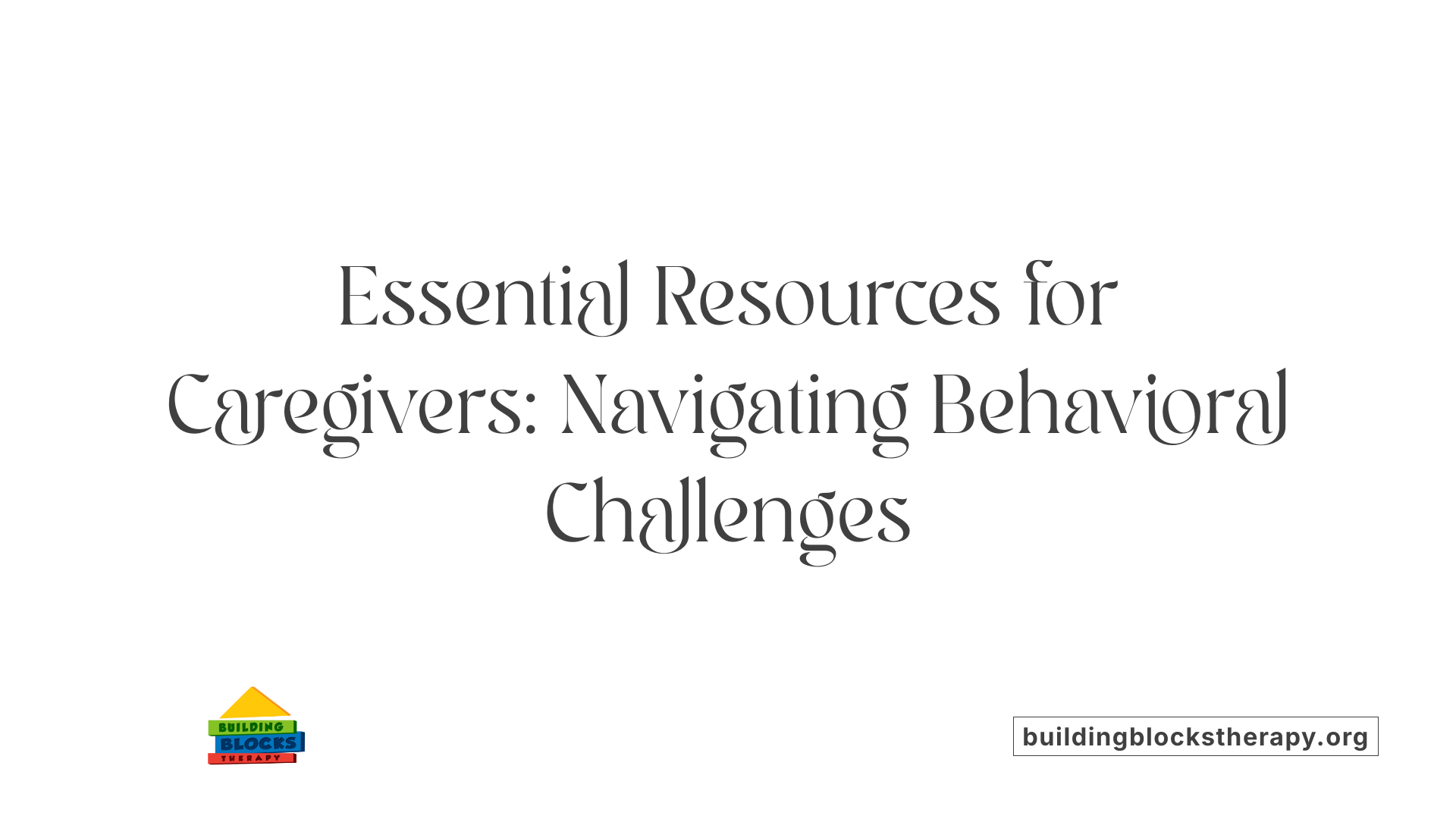
Challenging Behaviors Tool Kit
The Challenging Behaviors Tool Kit is an essential resource for caregivers navigating the complexities of challenging behaviors associated with autism. This toolkit details the functions behind such behaviors and presents effective strategies for managing them. Caregivers can learn about various positive strategies for behavior support, crisis management, and long-term solutions to foster better communication and understanding with their children.
Training Videos and Overviews
To empower caregivers further, the Autism Care Network provides Quick Tip Caregiver Skills Training Videos. These videos are designed to equip parents and caregivers with practical skills to manage challenging behaviors effectively. Additionally, one-page overviews on anxiety, irritability, and behavioral health offer accessible tips that can easily be implemented at home.
Support Networks
Joining support networks like the Autism Care Network offers caregivers a chance to connect with others facing similar challenges. Access to professional guidance and community support is invaluable for those caring for children with autism, fostering a collaborative approach to behavior management and support.
Creating Positive Change
The use of ABA therapy for addressing challenging behaviors in children with autism offers a structured and effective approach towards fostering communication, reducing problem behaviors, and enhancing daily life skills. Through the concerted effort of professionals, parents, and caregivers, children with autism can achieve significant behavioral improvements. By understanding the underlying reasons for behavior, utilizing evidence-based interventions, and accessing supportive resources, families can create a positive and nurturing environment conducive to personal growth and development. This journey, though complex, is marked by meaningful progress and the empowerment of children and their families alike.
References
- Managing Challenging Behaviors for Children with Autism
- 7 Proactive ABA Strategies to Address Challenging Behaviors
- Challenging Behaviors Tool Kit - Autism Speaks
- Can ABA Therapy Help Manage Challenging Behaviors in Autism?
- Tulsa ABA Therapy | Challenging Behaviors - The Sunshine Academy
- [PDF] FACT SHEET – ABC's OF CHALLENGING BEHAVIOR
- [PDF] What is beha io ? What is behavior? - Florida Atlantic University
- [PDF] AUTISM
- Tackling Problem Behaviors | Marcus Autism Center
- Autism Tips and Resources
